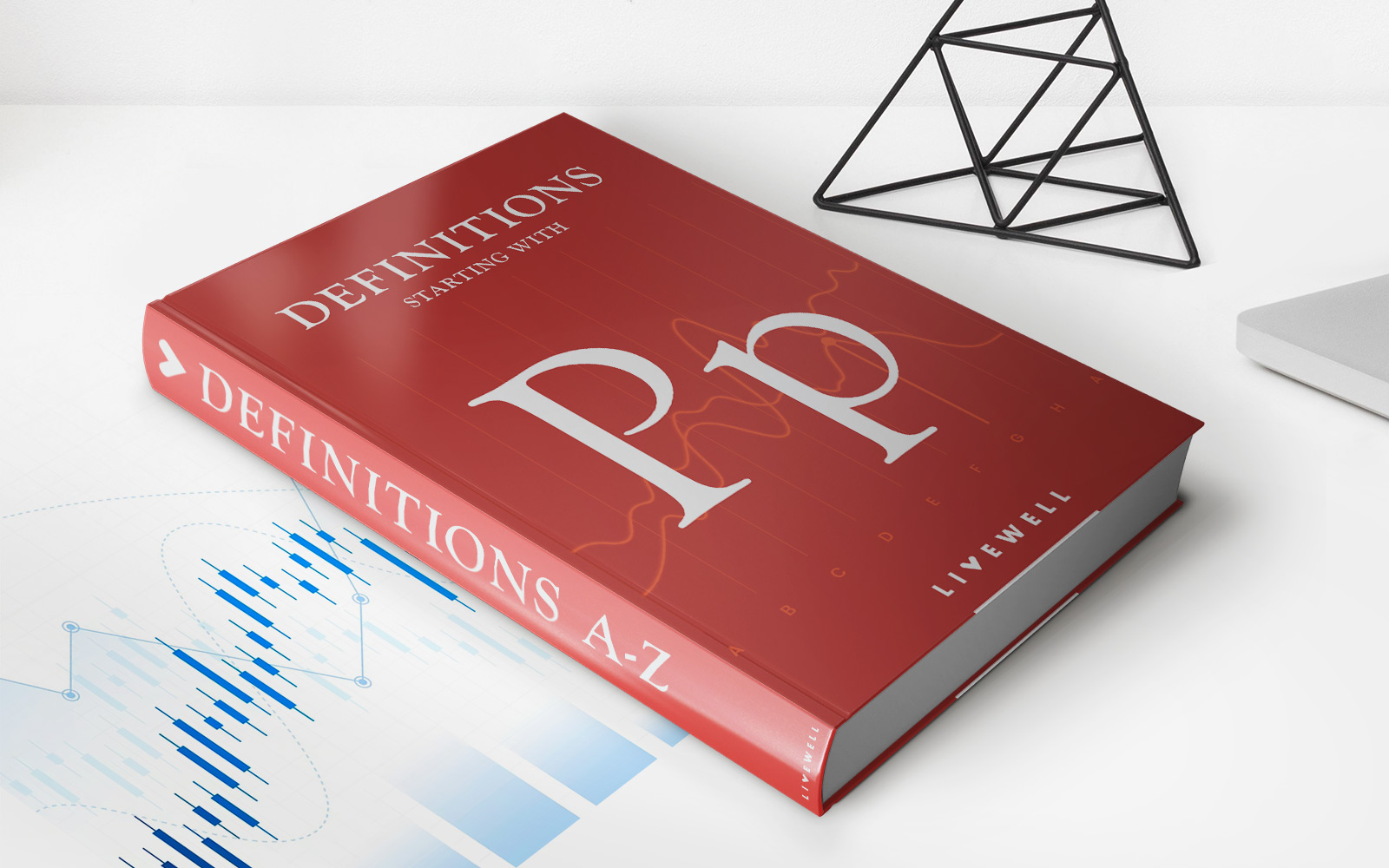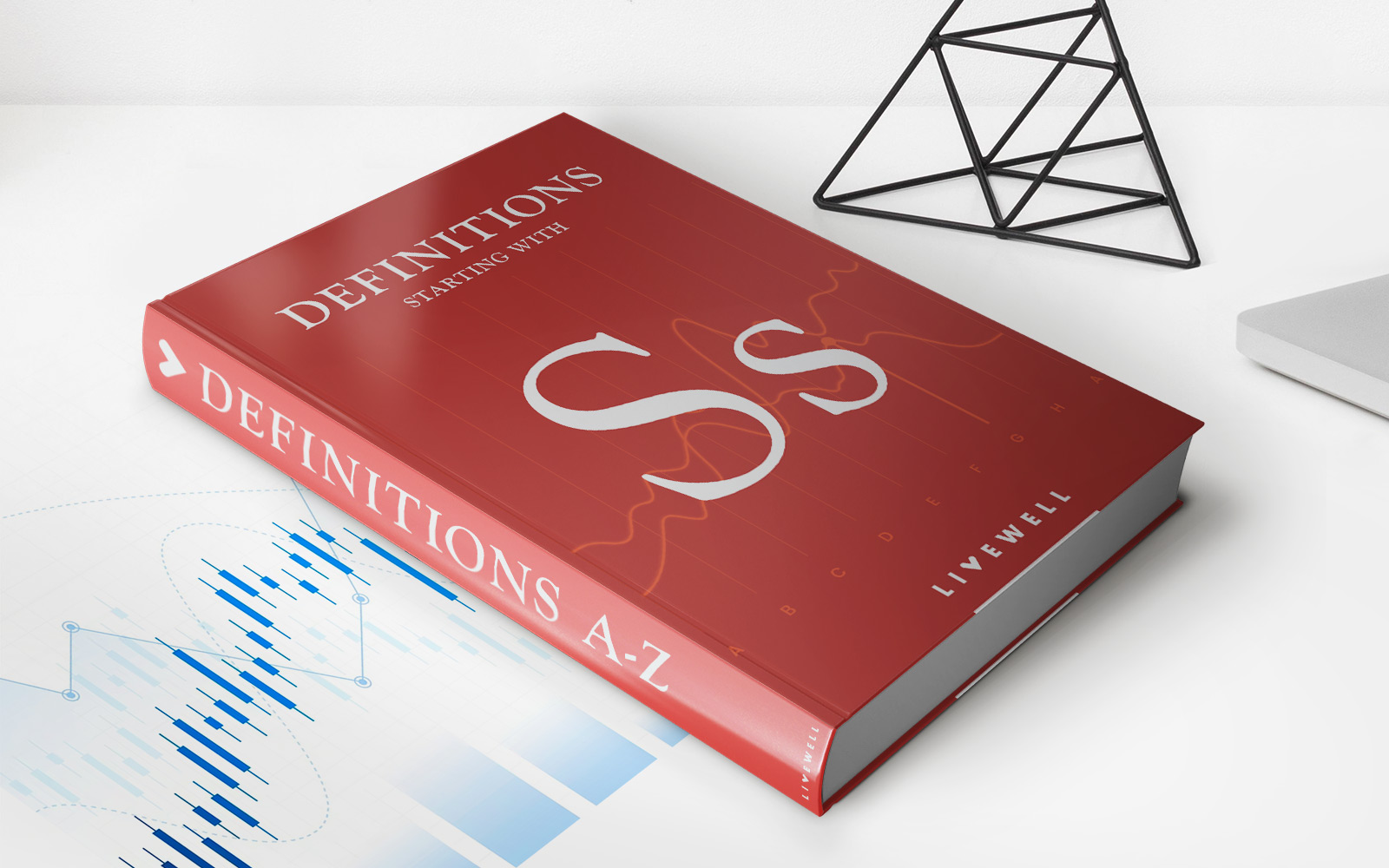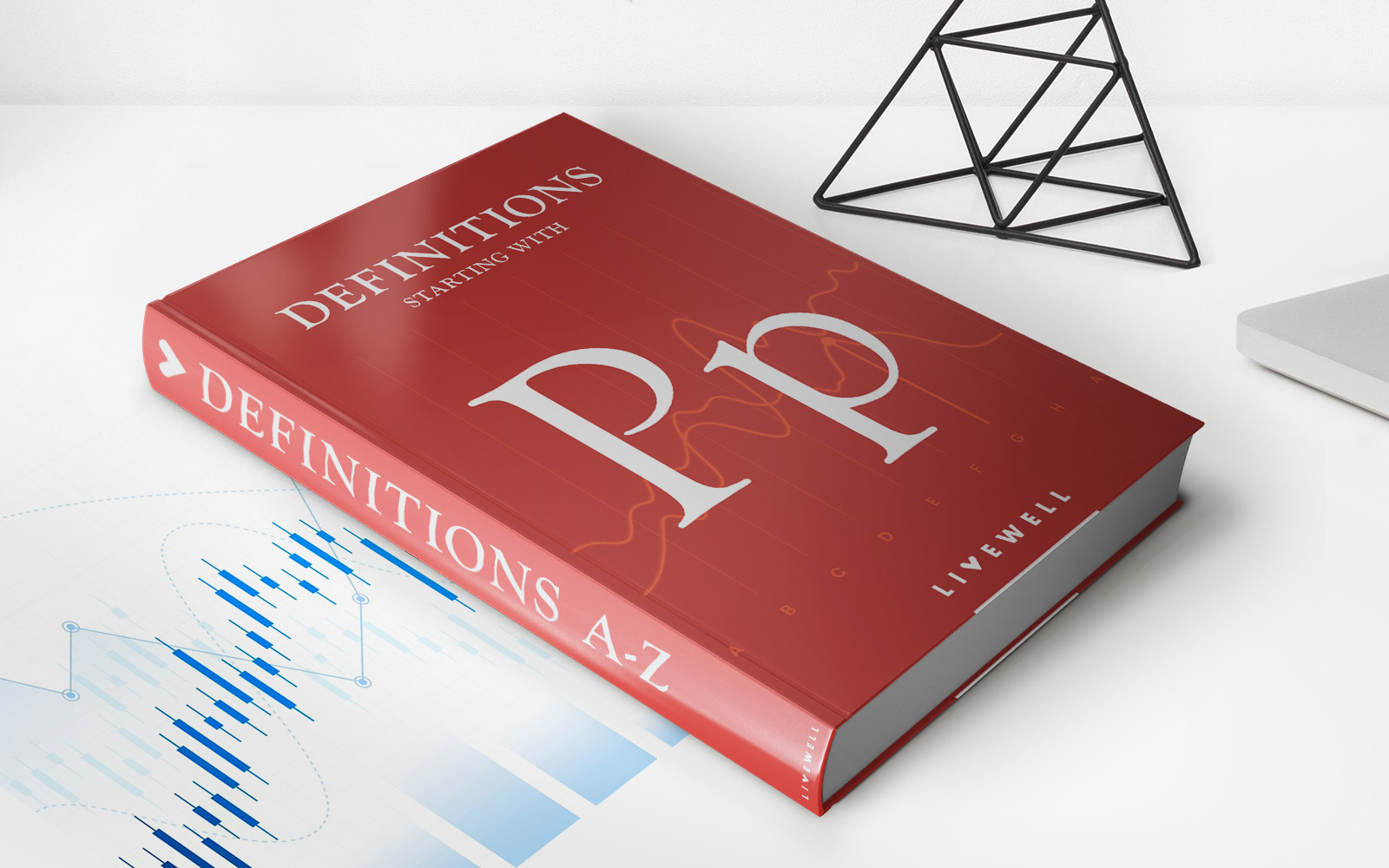Home>Finance>Variable Overhead Spending Variance: Definition And Example


Finance
Variable Overhead Spending Variance: Definition And Example
Published: February 15, 2024
Learn about the definition and example of variable overhead spending variance in finance, and its impact on businesses.
(Many of the links in this article redirect to a specific reviewed product. Your purchase of these products through affiliate links helps to generate commission for LiveWell, at no extra cost. Learn more)
Understanding Variable Overhead Spending Variance
As an expert in the field of finance and accounting, I want to discuss an important concept known as Variable Overhead Spending Variance. This term may seem intimidating, but fear not! I’m here to break it down for you in a way that is easy to understand.
Key Takeaways
- Variable Overhead Spending Variance measures the difference between the actual and budgeted amount for variable overhead costs.
- It helps businesses identify whether they are spending more or less than planned for variable overhead expenses.
What is Variable Overhead Spending Variance?
Variable Overhead Spending Variance is a measure used in managerial accounting to analyze and track the difference between the actual amount of money spent on variable overhead costs and the budgeted amount. In simple terms, it helps businesses understand whether they are spending more or less than what was initially planned for variable overhead expenses. This variance can be either favorable or unfavorable, depending on the actual amount spent.
How is Variable Overhead Spending Variance Calculated?
To calculate Variable Overhead Spending Variance, you need to follow a simple formula:
Variance = Actual Variable Overhead Costs – Budgeted Variable Overhead Costs
If the resulting variance is a positive number, it means that the business has spent less on variable overhead costs than planned, which is favorable. On the other hand, if the variance is negative, it indicates that the business has overspent on variable overhead costs, which is unfavorable.
Example of Variable Overhead Spending Variance
Let’s say a manufacturing company budgeted $10,000 for variable overhead costs during a specific period. However, at the end of the period, they calculated their actual variable overhead costs to be $8,000. Using the formula mentioned earlier, we can calculate the variance:
Variance = $8,000 – $10,000 = -$2,000
In this example, the variance is a negative number, indicating an unfavorable variance. The manufacturing company has overspent on variable overhead costs by $2,000 compared to their budgeted amount. This may be due to unexpected increases in material prices, higher utility bills, or inefficient allocation of resources.
By analyzing and understanding the Variable Overhead Spending Variance, businesses can take appropriate actions to control costs, improve efficiency, and make informed decisions about their spending habits. It allows them to identify areas where they need to adjust budgets or implement cost-saving measures.
So, the next time you hear the term Variable Overhead Spending Variance, you’ll have a solid understanding of what it means and how it can impact a business’s financial performance.














